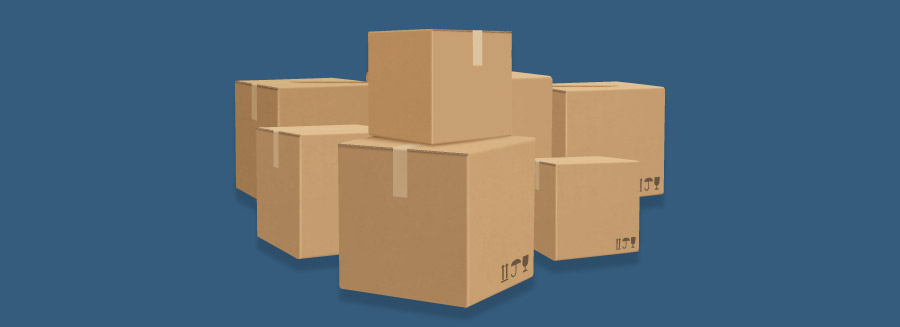One of the myths of making that I addressed last month was if you want a makerspace, you need expensive tools. Low-tech tools and recyclables are some of my favorite materials. I find that it can actually be less constraining for students than some robotics and other electronics. It also provides them with a much lower barrier to entry—just about anyone can make something with cardboard, paper, and tape. It helps that they are often familiar with the tools, so there is typically less that needs to be explicitly discussed or taught when using supplies found around the school and home.
So, I thought today that I would share some specific examples of great ways that you can utilize tools you already have in your classroom space to make.
Here are 5 ideas for making on a low budget:

1 Have students create cardboard arcade games.
One of my favorite ways to introduce this project is to start with the video, Caine’s Arcade. This will inspire and excite students, and it is an incredible story of how one passionate kid created a movement. The choice built into this project empowers students, and they really enjoy designing, engineering, and refining their arcade games. And, all you need is cardboard, scissors, markers, and tape or another adhesive. * We did this as a whole grade level at the end of the sixth-grade school year. I’ve done it many times, and what I love about this project is watching students take ownership and pride in running their own arcade games while their peers play them. Of course, the games are impressive and fun to play, too!
*I have introduced additional materials like small balls, plastic wrap, and other recycled materials students have brainstormed, but this isn’t necessary.

2 Make cardboard sculptures.
Give students opportunities to be creative with cardboard. I love this idea from an art teacher who challenged high school students to create cardboard sculptures inspired by famous artists. Have students create cardboard art, make their own labels explaining the meaning and potential history behind their work, and then put them on display around the classroom or building for students to discover. For an additional fun way to engage with their peers’ work, you might even set up a scavenger hunt for students. The art that students create can connect to class content including creating character sculptures, scenes from books, and even depictions of famous people from history. If you are open to additional recycled materials often found at home or school, check out this incredible resource created by Darrell Wakelam.

3 Engineer with paper.
The possibilities are infinite with some paper and tape. Give students some time to experiment with paper airplane design and flight, explore geometry by creating 3D shapes, or build the tallest tower using index cards and tape. Have students build small chairs and test their strength with different stuffed animals. Or, for more of a challenge, make them large enough to hold a student’s weight! Even marble runs, bridges, paper roller coasters, and catapults are possible with these simple materials.
This site includes a few free resources that outline how you might support students with the paper engineering process.
I also found the links below helpful in thinking through a tallest-tower activity with students:
- This site has ideas of how you might even begin to put weight on the towers to see if they will hold.
- I also like this site, which provides additional building strategies.

4 Make something that moves.
It’s fun to make something that you can really engage with. Challenge students to make their own balloon or rubber band car. Or, make a boat out of recycled materials that moves on its own. If you have some AA batteries, magnets, and copper wire, you can even make a homopolar motor.
Rob Ives has some great ideas for making complex creations that move with low-tech materials. Check out his blog on linkages for some inspiration on designing things with simple materials like brass fasteners, cardboard, and/or paper.

5 Tell a story through code.
Okay, I know this isn’t “low-tech,” but this idea only requires a device. You don’t need a robot to practice coding. Instead, give students opportunities to practice coding using Code.org or Scratch. You do not have to be an expert to code in your classroom. Let the students investigate and tinker with the programs. Give them time to share what they discover while exploring online tutorials, and let them teach their peers. You can also connect the code to specific content like coding a story (fictional or historical) with different scenes and characters. Or, code the cat in Scratch to tell some interesting facts a student has learned and/or wants to learn more about after diving into a unit. Have students create a counter to track scores of a game of their choice.
No matter what your budget may or may not be, I encourage you to provide students with opportunities to participate in hands-on making, prototyping, and experimenting. This is an easy way to give students choice, voice, and ownership of their learning.
For more ideas on how to facilitate making with your students, check out my blog Key Strategies for Maker Education.






